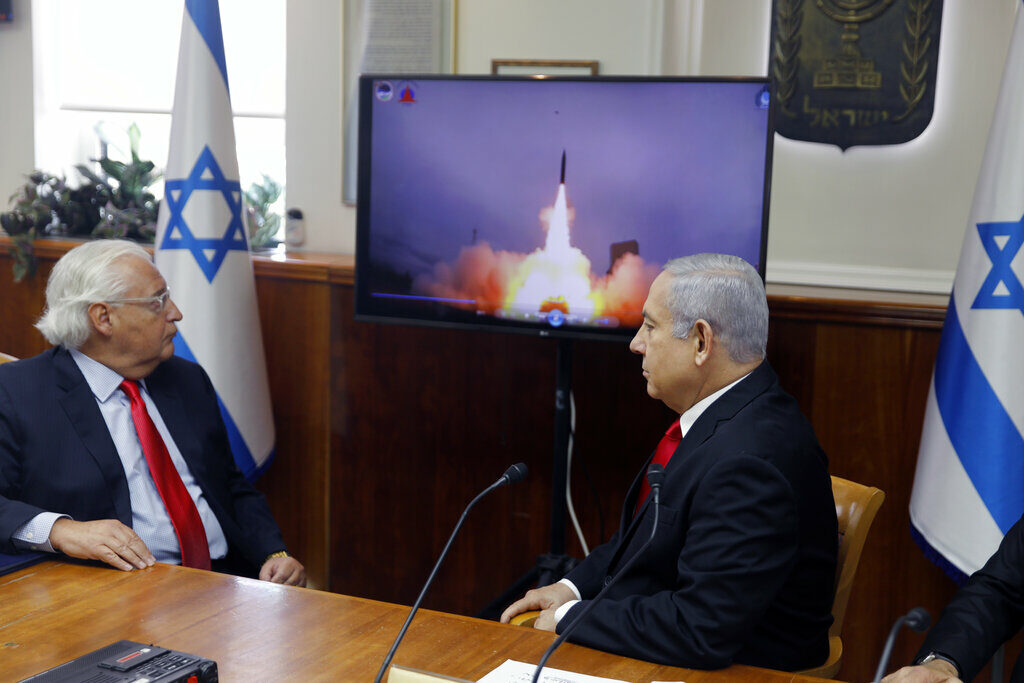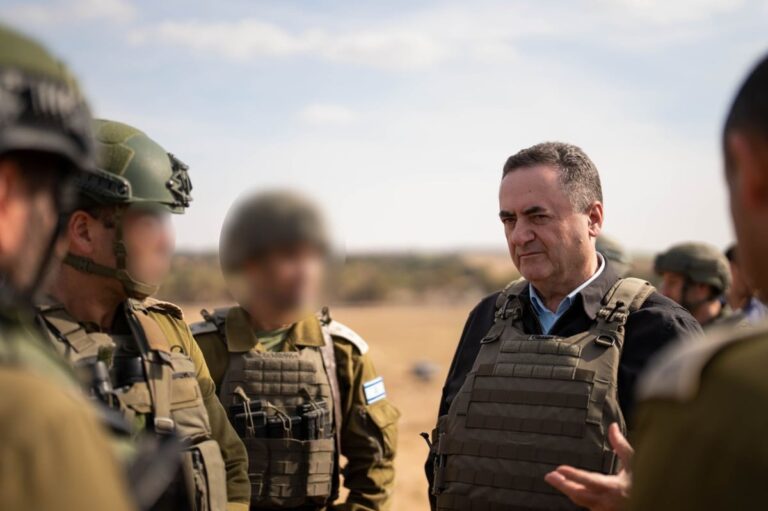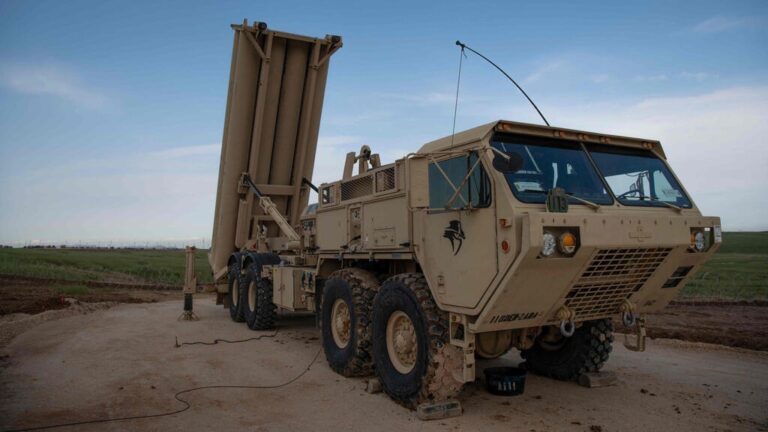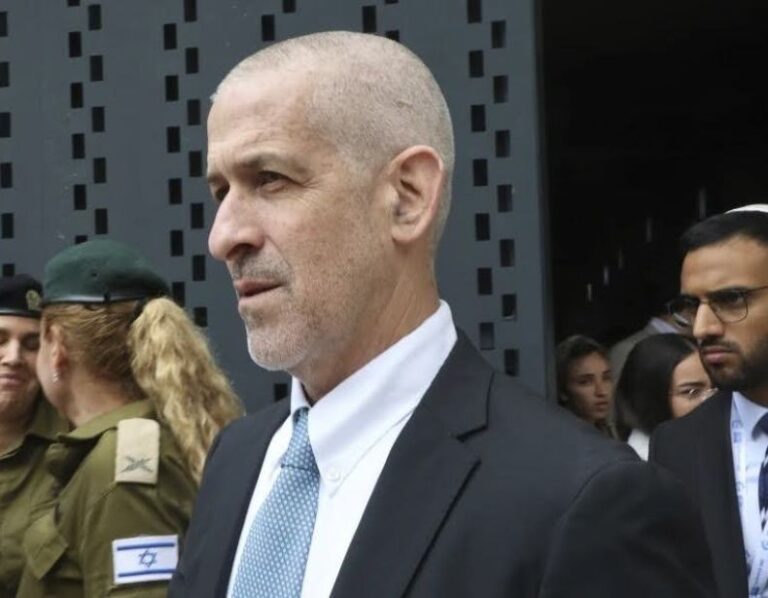Israel’s Defense Ministry said Tuesday it conducted a series of successful live fire drills with its multi-range missile-defense system, providing protection against threats posed by arch-enemy Iran and its proxies along Israel’s northern and southern borders.
Defense officials said it was the first time they have conducted an integrated test bringing together the various components of the country’s “multilayer” missile defense. They are the “Arrow,” which intercepts long-range missiles; “David’s Sling,” meant to shoot down medium-range missiles; and the “Iron Dome,” which has been used for years to defend against incoming rocket fire from the Gaza Strip.
Moshe Patel, head of Israel’s Middle Defense Organization, said the drill “demonstrated a multi-layered approach to dealing with threats” that incorporates all three systems.
“Using this approach, a variety of threats may be identified and intercepted via full coordination and interoperability between the systems,” he said.
Israel faces a wide range of rocket and missile threats from Palestinian militants in Gaza, from the Iranian-backed Shiite militant group Hezbollah in neighboring Lebanon, and from Iran. Officials have expressed concerns about Iran’s development of long-range weapons and what they say are Hezbollah attempts to import or develop guided missiles capable of striking virtually anywhere in Israel with great precision.
Brig. Gen. Ran Kochav, head of the Israeli Air Force’s air defense program, said the drill had simulated a series of threats and involved complex human and computerized decision making. He said it was a major accomplishment to intercept a cruise missile, which he said are tricky targets because of their speed, altitude and maneuverability.
“What was special with this test is that it was a live drill dealing with a concrete scenario. You can understand the geopolitical situation in the Middle East has changed,” he said. “It advances us operationally and technologically, and allows us to absorb these advanced systems into the air force, carry out evaluation and training and knowledge so that we can get better.”
Israel has developed the various missile defenses in conjunction with the United States. Tuesday’s drill was conducted with the U.S. Missile Defense Agency, officials said.
The test was conducted over the Mediterranean Sea and tested the systems’ capability to intercept a range of aerial targets from drones to larger and longer range ballistic missiles.
Pini Yungman, head of the air and missile defense division at state-owned Israeli defense contractor Rafael, said the results were “magnificent” and “all the targets were destroyed in all the tests, and no threat, no target remained in the air after the interception.”
Patel said it was too early to begin selling these weapons systems to Israel’s new allies in the Middle East — the United Arab Emirates and Bahrain. “This is something that can be considered potentially in the future.”
(AP)











